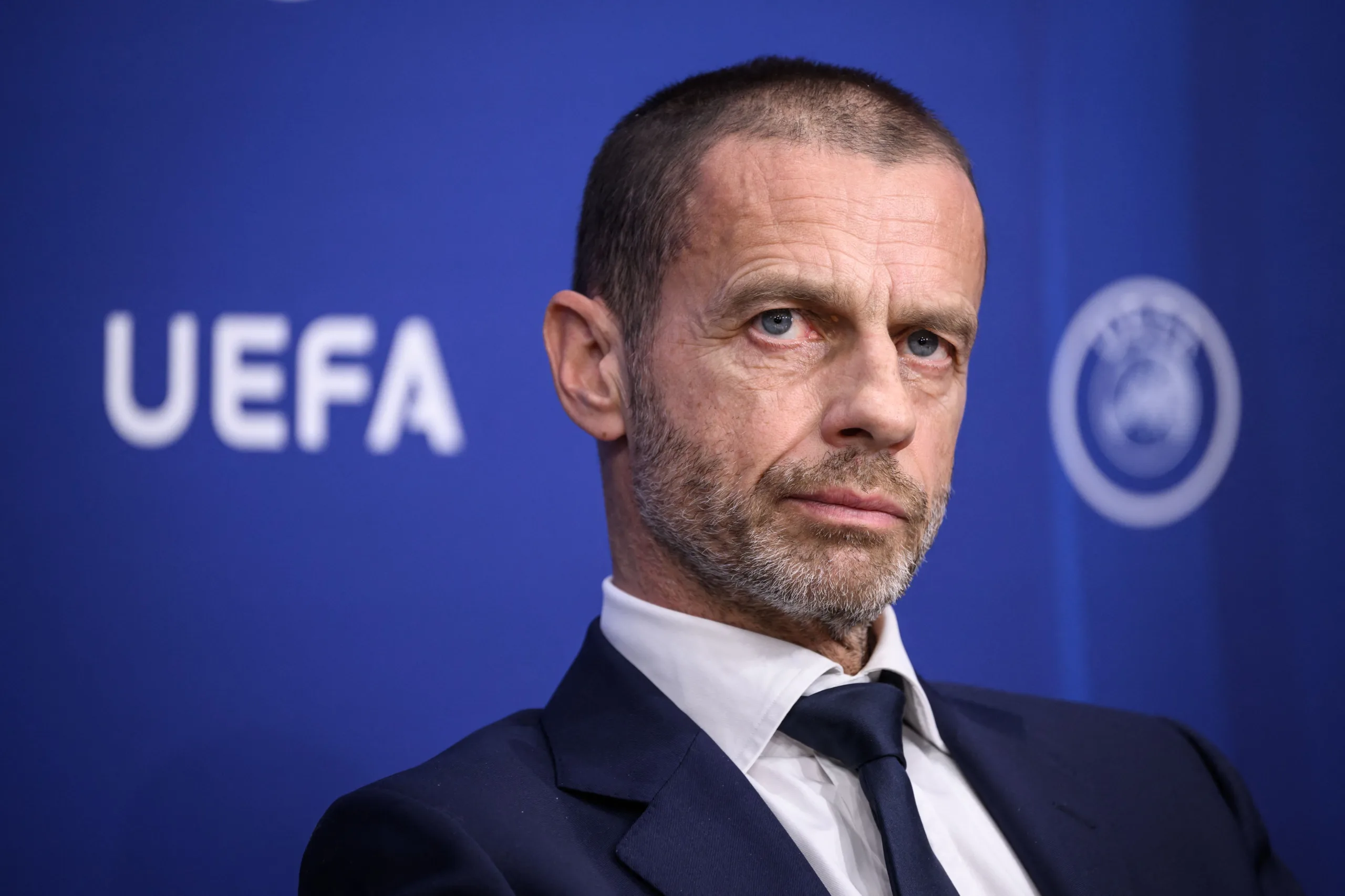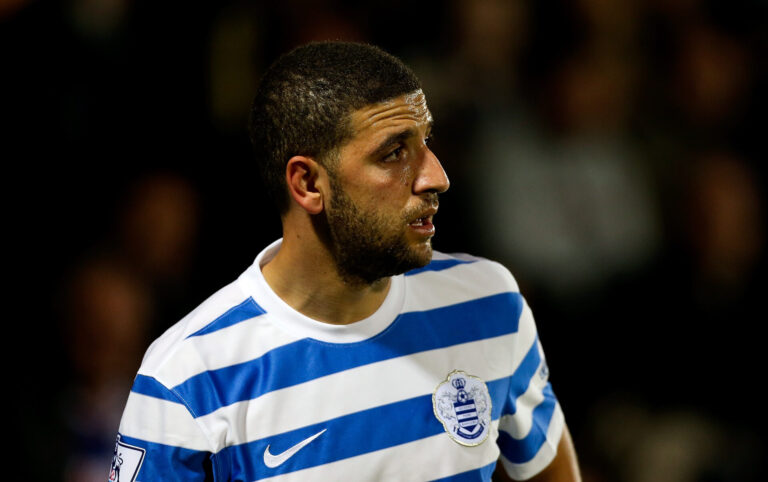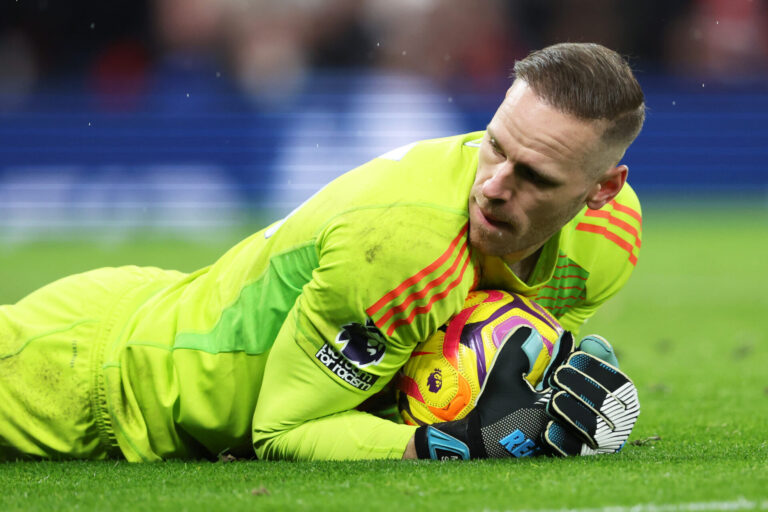FFP and Player Transfers: A Comprehensive Guide To Understanding Finance in Football
In modern football, success on the pitch hinges largely on a club’s financial stability, that’s where the ability to sign players is rooted. These pillars have become crucial elements, shaping the competition on and off the pitch. Understanding their significance is essential to navigating the complex reality of today’s game.
The Premier League and UEFA don’t have the same rules for Financial Fair Play (FFP), meaning the clubs that participate in European competitions have to abide by more stringent regulations. This is also part of the reason Chelsea could go on a signing spree in 2023.
There are so many complex words used, so let’s try breaking each rule down into simpler terms that are easier to understand.
Premier League PSR
The clubs within the Premier League can make a financial loss of £15 million every three years. If the owners provide ‘secure funding’, the maximum loss is £105 million every three years.
Secure funding is when the owners buy stock in the club or has assets in other places as security. As of recently, Leicester have breached these rules and will face punishment if promoted to the Premier League.
UEFA Squad Cost Ratio
UEFA has made changes to their rules this season. In two years time, these rules are making sure clubs are tightening squad cost ratio to 70%. This season it’s 90%, next season it’s 80% before finally being 70%. The aim is, not to make a level playing field as they did with FFP, but to make clubs manage their day-to-day income with how much they spend on the squad.
The squad cost ratio is calculated as such:
- First-team wages (players and staff)
- Transfer fees amortisation
- Agent costs
- Former players and managers’ salary pay-out
Divided by:
- Day-to-day income
- Incoming transfer fees
That is the framing of the Premier League and UEFA’s financial sustainability rules. When clubs like Everton, Leicester and Nottingham Forest are threatened or punished by these rules, that is what they breach.
Clubs’ Accounts
Is where all clubs register their financial movements. Football clubs are businesses and has to live up to the financial standards required for a business outside of sports. These are the most important financial accounts:
Income statement
This is where the clubs show their revenue; matchday income, transfer fees, prize winnings etc. It also shows the cost; wages, transfer fees, facilities, interest payments etc. It is the most important account, as it controls how a club can act and if there’s worries.
Balance sheet
This is what the club owns and owes: assets and liabilities.
Assets:
- Current assets – Cash, receivables, prepaid expenses.
- Non-current assets: stadiums, contracts
- Intangibles: brand value and image rights.
Liabilities:
- Current liabilities – Player transfers, tax, other debt
- Non-current liabilities: long-term loans
- Equity
Cashflow statement
It is divided into three categories by inflows and outflows.
Operating Activities (In tickets, out wages, etc.)
Investing Activities: (In/out transfer fees, stadium, etc.)
Financing Activities – (In owner investment, out dividend paid)
These are the accounts that must be in balance in order for a club to avoid PSR sanctions.
How Transfer Fees Work
Transfer fees are a lot more complicated than the media makes them out to be. If what you are about to learn was public knowledge, the media would have a harder time trying to ridicule players with bigger transfer fees. The balance sheet reflects the annual cost of a player, not the upfront fee.
If the player is signed on a 5-year deal with a salary of £75,000/week for £25,000,0000, the annual cost is:
- Yearly salary + transfer fee divided by contract length
- (75,000*52) + (25,000,000/5) = £8,900,000.
Let’s name a few examples of annual costs to embellish the point a bit more.
- Harry Kane – £411,000/week; £82,000,000; 4 year deal – £41,872,000
- Rasmus Højlund – £85,000/week; £64,000,000; 5 year deal – £17,220,000
You could sign more than two Rasmus Højlunds for the price of one Harry Kane.
- Moisés Caicedo – £150,000/week; £115,000,000; 8 year deal – £22,175,000
- Casemiro – £350,000/week; £60,000,000; 4 year deal – £33,200,000
Here is where the point is really drilled down: Caicedo only costs Chelsea two-thirds of what Casemiro costs Manchester United a year, even though the transfer fee is almost double.
The contract length has been regulated with a majority vote by the clubs in the Premier League to now be a maximum of 5 years, this happens after UEFA set the precedent. Reason being, that Chelsea found a loophole and utilized long contracts to amortize the transfer fees and fit in large transfer fees that would not be possible else.
The transfer cost is not only the fee, but it has been the common indicator for player value even though it doesn’t actually tell anything significant without the two other variables. At least not financially.
When clubs buy players, it’s more often than not, they use installments so they don’t have to pay the whole fee upfront. If we say the total cost of a player is £100 million, with £50 million upfront and 2 installments of £25 million. That means the £50 million is the cash (liquidity) you pay and the rest (£25×2 million) is the liability shown in the balance sheet earlier.
However, it is very rare, that clubs don’t use accrual accounting, meaning they register the total cost of a player to the first period in the accounts.
Player Swaps
When swapping players, the two clubs has to agree on how much they value each player. Let’s set up an example:
- Player A – £30 Million
- Player B – £45 Million
Club A is then paying Club B £15 Million for Player B, but will eventually release £30 million directly off the accounts as explained earlier. Players you sell/swap is immediately freed in the accounts, but players you buy can be amortized as assets over the course of the contract.
To explain how club a free up ”profit”, we use the formula from earlier regarding annual cost. Player B is on a 5-year deal for £50,000/week.
(30 Million)-(5.6 Million) = 24.6 Million
This can be used with bad ethics as well. Remember the swap deal with Miralem Pjanić and Arthur Melo? FC Barcelona and Juventus inflated the value of both the players and wrote off bigger profits. However, that is very shortsighted and has caused the financial problems at both clubs because the immediate write-offs were spend quickly, but the amortization was still there.








